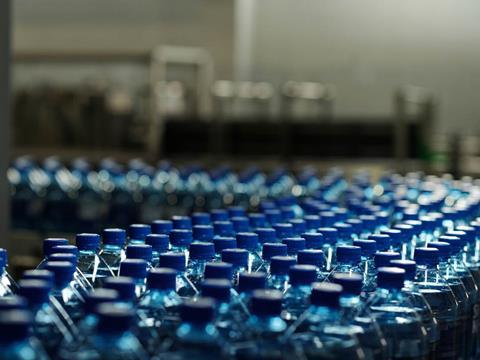
For the first time in its history, the EU has unveiled rules for calculating, verifying and reporting levels of chemically-recycled content in single-use beverage bottles.
The first step is a public consultation – interested parties can provide feedback on a draft of the rules via the EU’s Have Your Say portal until the 19th of August.
The Commission will then review the feedback before presenting a final draft for a vote among the Member States, which is planned for Autumn 2025.
The aim of this project is to develop a system that will standardise chemical recycling across the EU and help the value chain meet the ambitious recycled content targets set out by the Single-Use Plastics Directive (SUPD). These targets introduce the requirement to include 25% recycled content in SUP beverage bottles made of polyethylene terephthalate (PET) by 2025 and 30% in all SUP beverage bottles by 2030.
Competitiveness is a critical area of focus for the Commission, which hopes that this move will incentivise investment and the development of new technology. Environmental incentives are also being touted as a potential benefit – it is hoped that the new rules will economically incentivise producers to reuse plastic waste, rather than disposing of it in landfills, littering or incinerating it.
The EU says that it supports recycling technologies that are more beneficial to the environment than landfill or incineration, with mechanical recycling being its preference – due to the perception of it being “less polluting and more energy-efficient than chemical recycling”.
However, where mechanical recycling isn’t feasible, the EU believes that chemical recycling provides a “valuable alternative”.
The methodology for calculating the rules is based on the “fuel-use excluded” mass balance allocation rule – meaning that waste that is used to produce fuels or energy recovery can’t be counted as recycled content.
The Commission also says that third-party verification will be required for larger companies on an annual basis for the “most complex stages of the value chain”, such as chemical recycling.
For SMEs, the requirements will be less onerous – they will only need to verify every three years. National authorities will be in charge of conducting risk-based controls, but companies will be responsible for examining their business partners’ self-declarations.
Interestingly, the EU states that it will use this calculation methodology as a model for future rules on recycled content in the packaging industry.
If you liked this story, you might also enjoy:
The ultimate guide to the Packaging and Packaging Waste Regulation in 2025
How are the top brands progressing on packaging sustainability?
Everything you need to know about global packaging sustainability regulation in 2025
The key to increasing the use of reusable packaging in supermarkets

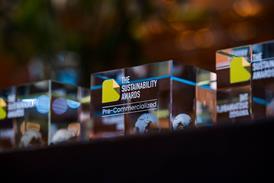

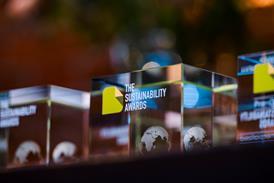
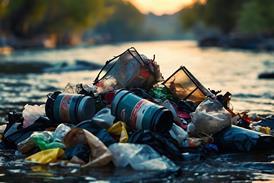
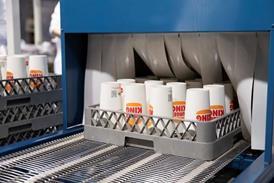






No comments yet